— Resources
Games and Activities for Teaching

Games and Activities for Teaching
ABCs of Behavior
Observe and Describe
Role-Playing
Effective Communication
Effective Praise
Preventive Teaching
Following Instructions
Correcting Behaviors
Decision Making (SODAS)
Negative Consequences and Positive Rewards
ABCs of Behavior
ABC Chain with a Twist
This game allows you and your child the opportunity to discuss how situations or events are linked to their behavior and how that behavior leads to consequences.
Materials Needed: Paper & Writing Utensil
Using a situation where your child struggles, have them write down on three strips of paper the ABCs of Behavior—antecedent, behavior, and consequence for that situation. In a twist, you can do the same activity but project it for a future time. Have the child write down the same situation but have them put down the desired outcome they hope happens on the strip of paper labeled consequences. The parent then fills in the behavior the child will need to have in order for them to reach that consequence. It’s a simple activity that requires very little time or expense but can yield a lot of positive interaction between parents and children. In another twist, you can also do this for your child going throughout a morning, afternoon, or day and show how all the behaviors and consequences are linked together.
Observe and Describe
Guess the Candy
Who doesn’t love candy? During this game, family members will have to use descriptive language to explain their observations of different candy bars.
Materials Needed: Candies & Blindfold
Blindfold a member of the family and give them a piece of candy. Have them describe the candy by touch and make a guess as to what candy it is. Then they put the candy in their mouth and describe the flavor and texture and make another guess to what it is. Then reveal the candy. Continue until all family members have had a chance to describe different candies.
Because you can’t see the candy, it forces you to use descriptive words and not rely on clichés.
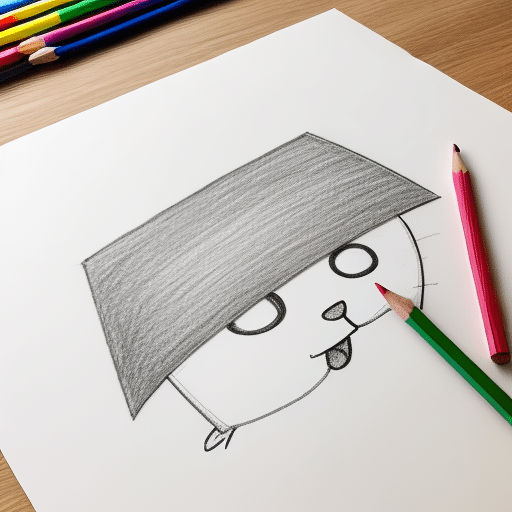
Describing Coloring Activity
This exercise is to help you get in the habit of observing and describing behavior and will help you practice describing behavior. Just because we’re looking at the same thing, doesn’t mean that we see the same thing. Avoid using assumptions or vague language, instead focus on detailed descriptions. Use this activity to get the whole family on the same page when it comes to using Observe and Describe.
Materials Needed: Markers, Crayons, or Colored Pencils, Blank Sheets of Paper, Observing and Describing Art Activity
Give everyone in the family paper and a writing utensil. One person will choose an image from the download and then describe it to everyone else without showing them the original picture or saying what it is. Describe an object to your family and have them draw it trying to get as close to the original picture as possible. Because they don’t know what they are drawing, it’s important to give detailed descriptions. For example, instead of saying, “draw a red circle,” say, “draw a red circle that is about the size of a nickel. Fill in the red circle completely.” Another tip is to break the instructions into small pieces. This might sound like, “Now, I need you to draw another red circle around the circle, leaving about a finger width’s space between that circle you are drawing and the circle you’ve already drawn.”
Role-Playing
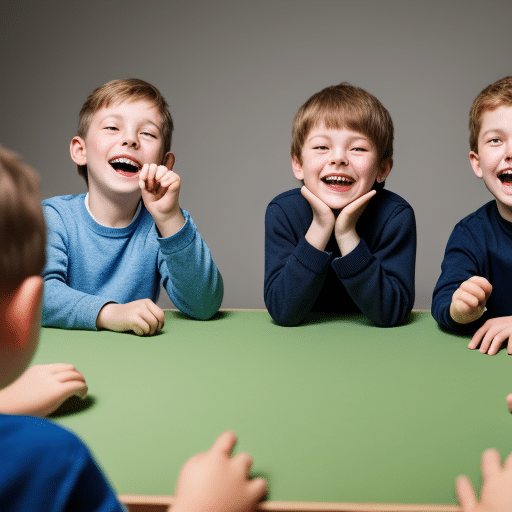
Charades
Charades is a great game to introduce children to Role-Playing, as it allows them to practice being silly and doing things that aren’t in their comfort zone.
Materials Needed: Charade Questions
Charades involves acting out words or phrases without using any verbal clues in a given amount of time—usually 30 seconds or a minute, depending on the age of the participants and how you plan to award points. Accruing points can be done in one of two ways.
Option 1: A point is given for any right answer that is guessed during the set time frame.
Option 2: Each player only gets 1 card per turn.
Print the questions and cut them out. Divide the questions in half and place in two bowls—one for each team. Each team takes a turn having one player act out the clues while the rest of the team tries to guess. The player who is acting out is not able to speak, though rules to whether they can make other sounds vary, so be sure to set the rules before you start. The game ends when all the cards have been used.
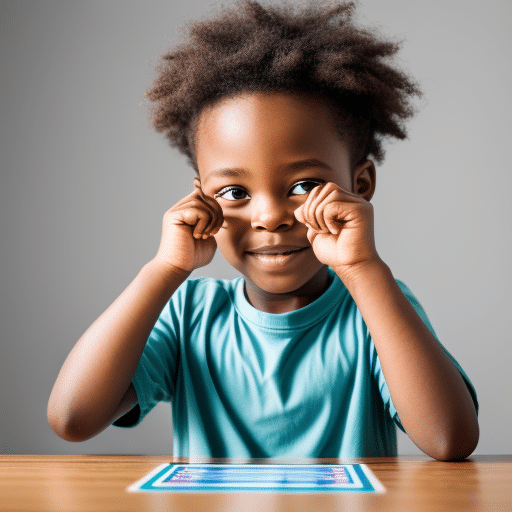
Reverse Charades
This point of Role-Playing is to get children to be comfortable doing things that are asked of them. In Reverse Charades, children have to act out the command from their cards, trying to get as many cards as possible in a set amount of time frame. This game differs from Charades in the fact that they are able to use sounds, movement, etc.
Materials Needed: Reverse Charades Questions
Print the questions and cut them out. Place all the questions in a stack face down. Set a timer for 45 seconds. Take turns being the player; during each turn that player tries to act out as many cards as possible before the time runs out. The game ends when all the cards are gone and the player with the most cards wins.
Effective Communication
Communication Ball
This is a simple game and a great conversation starter. Use the steps to Effective Communication while playing this game to help you and your child learn each step.
Materials Needed: Beach Ball + Pen
Write a selection of questions on a ball. Roll or toss the ball to a family member. Have them answer the question under their right thumb. You can come up with your own questions or use the suggestions on these downloads for child- and teen-oriented questions.
Family Juggling
This metaphor of communication teaches that communication requires a sender and receiver. It is also a good way to introduce the importance of being “gentle” and “kind” during communication.
Materials Needed: 3-4 balls (you can also substitute the balls for bean bags and toss them rather than roll them)
Each member of the family passes a ball to a new member of the family until every member of the family has touched the ball before going to the original person. This pattern is followed throughout the game. Once you are able to pass the ball to every member of the family without it falling, another ball is introduced to the activity. The first person then begins with one ball, and when that ball is being passed around the next ball begins circulation.
This activity can be used with the skill of Goal Setting as well. The ultimate goal is to increase the numbers of balls introduced to the group and “juggling” them successfully.
Building Communication
This activity focuses on the importance of listening when communicating. You can use this activity with Jenga blocks, regular blocks, or even using different shapes that you cut out of paper. You can use just about anything in your house.
Materials Needed: Blocks (or anything your child can use to create a structure)
Have one family member be the ‘Builder.’ Divide the blocks in half and give the family half and the Builder half. Use a box, divider, or other item to give the Builder a space to build a structure that the rest of the family can’t see. Then the Builder should describe how to build the same structure without anyone seeing the original. Do this two times. The first time, don’t allow any questions or communication from the family. The second time, use the steps of Effective Communication. Which one went better?
Would You Rather
This activity is easy to play and presents simple questions that can help you explore your child’s thought process.
Materials Needed: Would You Rather Questions
Use the skill of Effective Communication with this activity, follow up responses from your children by asking them to explain their response in more detail and repeating back what they said for clarification.
Puzzle Game
This activity is helpful for teaching children the importance of communication. After having a turn without communication, they’ll be excited to see how much easier it is to complete the task with communication.
Materials Needed: 24-Piece Puzzle & Timer
Turn the puzzle pieces upside down so you can’t see the image, then complete the puzzle without talking. If you’d like, you can set a stopwatch to see how long it takes. Then, take apart the puzzle and do it again but everyone can communicate. After your children experience this, have them tell you why communication is helpful. Then teach them about the skill of Effective Communication.
Effective Praise

Warm Fuzzies
This one gets the whole family involved and encourages your child to use Effective Praise on other members of the family.
Materials Needed: A Jar and Tokens (popsicle sticks/pom-poms/etc), Warm Fuzzy Jar Labels
Anytime a family member uses Effective Praise to praise another family member, they get to put a warm fuzzy in the jar. Once the jar is full, the entire family gets a reward. Possible rewards could include: going out to dinner, getting ice cream, going swimming or to a sporting event, or a family movie or game night.
Praise Beads
This game works especially well on younger children. This will help remind both you and your child to notice when they’re doing something well.
Materials Needed: Pipe Cleaners or Strings, Beads
Before you start, determine a behavior you want your child to improve and learn the skill of Effective Praise. Talk to your child about the new positive behavior you want from them and determine a reward for filling the pipe cleaner with beads. Each time they do that positive behavior and you praise them for it, they get a bead on their pipe cleaner. When the pipe cleaner is full, your child earns the reward. If it goes well, try it again with a new problem behavior.
Sticky Notes
Remembering to praise your children can require reminders. This activity will get the whole family involved and will help you apply the skill of Effective Praise.
Materials Needed: Sticky Notes (one color per family member), Pen or Marker
Using a different post-it note color for each family, write down a general praise statement. General praise statements are things like, “wow,” “good job,” “way to go,” or “I’m so proud of you.” Place these post-it notes in visible spots around the house.
Using the general praise statement, you will then add specifics when they do something right. For example, your general praise statement may be “way to go” and it’s placed on the mirror of the bathroom. Then using this reminder you would say, “way to go putting away your toothbrush after you’ve brushed your teeth. When you put it away, I don’t have to interrupt you when you’re playing your game to have you put it away.” You may choose to place the notes in areas where that person has a hard time. For example, if your child struggles getting ready for school, then put their post-its near the shoes or backpacks.
Preventive Teaching
Materials Needed: Paper, Pen, Photos, Images
In the video, a parent explains how she created a social story to address tantrum behaviors with her children called, “Calm Body, Calm Voice.” The benefit of using this approach is that it allows parents to customize the stories to their situations. After you watch her example, try it out on something your family needs to improve on.
Dice Game
The game is simple and it is quick to play. After playing, you can talk to your child about why they made the decisions they did and discuss things they would do differently if they were to play it again. Play it again and continue the discussion afterward.
Materials Needed: 10 Dice per Player
Start by using Preventive Teaching to explain the rules and expectations. Each family member then receives ten dice. The goal is to roll your dice until all ten show the same number. In this video you can learn a few ways to play and practice.
Don’t take too much time analyzing everything. Just discuss options and the disadvantages and advantages of options. When you feel the time is right you can introduce SODAS from the Making Decisions lesson and talk about more complicated decisions.
Following Instructions
Make Playdough
This activity gives a simple recipe for making playdough. It requires two ingredients, and at the end you and your child will have a sweet smelling playdough to enjoy together. You can use this or any other recipe to help your child practice the steps to Following Instructions.
Materials Needed: Cornstarch and Hair Conditioner
Watch the video for more detailed instructions on how to make this playdough. With your child, you can take turns instructing or following instructions. Talk to your child about the importance of following the instructions to achieve the desired outcome. You can do this same activity with cakes, cookies, and other recipes. If you had fun with that and want more playdough activities, then download these other playdough activities to practice other instructions.
Homemade Water Rocket
Be sure to supervise your child during the course of this activity. It does require a few materials to create, but it is great fun to create and watch. You can also use this activity to talk about emotion control and how emotions build up over time.
Materials Needed: an empty two-liter bottle, two cups of water, 1 cup of vinegar, a wood board with a screw at least two inches or longer, cork, duct tape, paper towel, 2 tablespoons of baking soda
Watch the video for detailed instructions.
Correcting Behaviors
Lego: Correct Me ’til it’s Right
Do this activity with children between 4 and 10 years old. Be sure to practice at a neutral time. If your child becomes irritated with the correction they are given, take time to slow down. You may also need to provide small, very specific information.
Materials Needed: LEGO Bricks
In the video, Dave explains how to use Legos to go over the skill of Correcting Behaviors with your child using Legos.
Decision Making (SODAS)
Balance the Nails
This activity takes about 5 minutes and is best used with teenagers. It’s a problem-solving activity that challenges the way your child will think through problems and cause some discomfort for them. This activity provides you with many opportunities to examine and discuss how your child makes decisions.
Materials Needed: 13 Long Nails and a Base to balance the nails
Watch the video for instructions.
Be sure to allow your child time to figure it out without interrupting them. Allow them enough time to be uncomfortable with the puzzle. Discomfort when trying to solve problems is normal to everyday decision making. You can refer back to this activity whenever your child is confronted with a difficult decision. Be sure to praise them for trying to work through it with you.
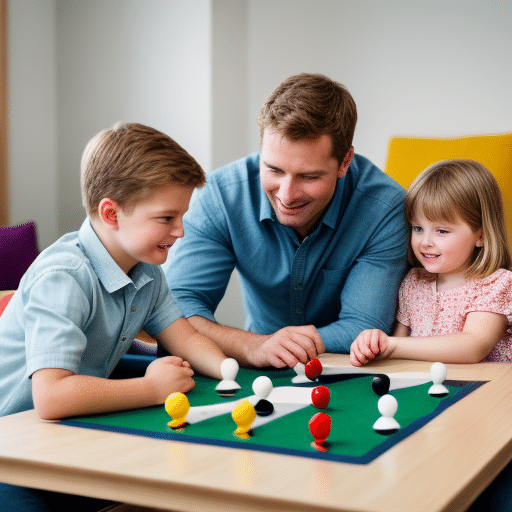
Peg Board Game
This is a popular game you can create, order online, or find in a game store. Some restaurants also carry this game. The game allows parents to explore and discuss the Decision-Making process and to Problem Solve in a neutral setting.
Materials Needed: Triangle Golf Tee Puzzle
The game starts with pegs (golf tees) in all the holes except one; the goal is to jump pegs one at a time, removing the jumped peg until only one peg remains. Allow your child to play this game until they are finished. Once they have finished, talk to them about how they played the game. Review and define the situation of the game first and continue to discuss options and advantages for certain moves and disadvantages for other moves.
Once the steps of SODAS have been openly discussed in this setting, it will be easier to begin using this skill for other situations. When introducing the SODAS method to your child, use a situation that is simple. Do not use a situation that is too difficult until your child can use the skill effectively with some certainty.
Negative Consequences and Positive Rewards

Behavior Contracts



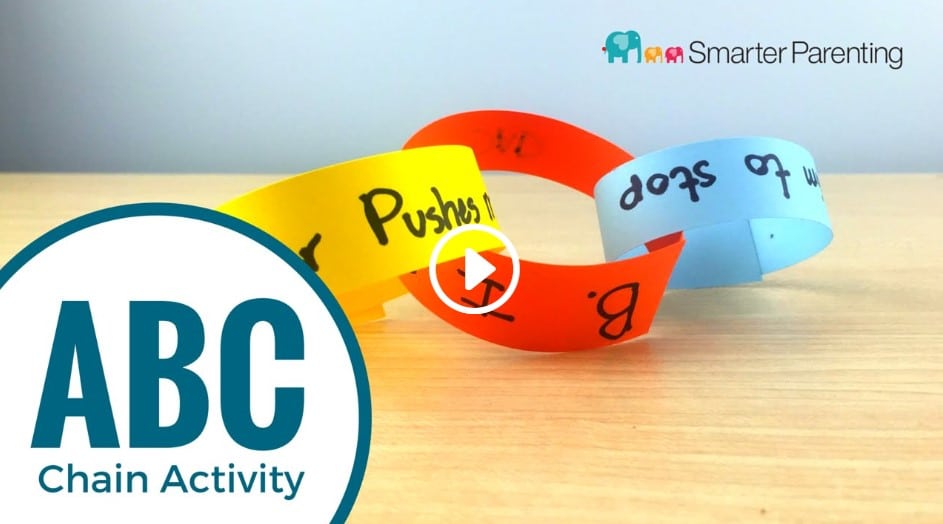
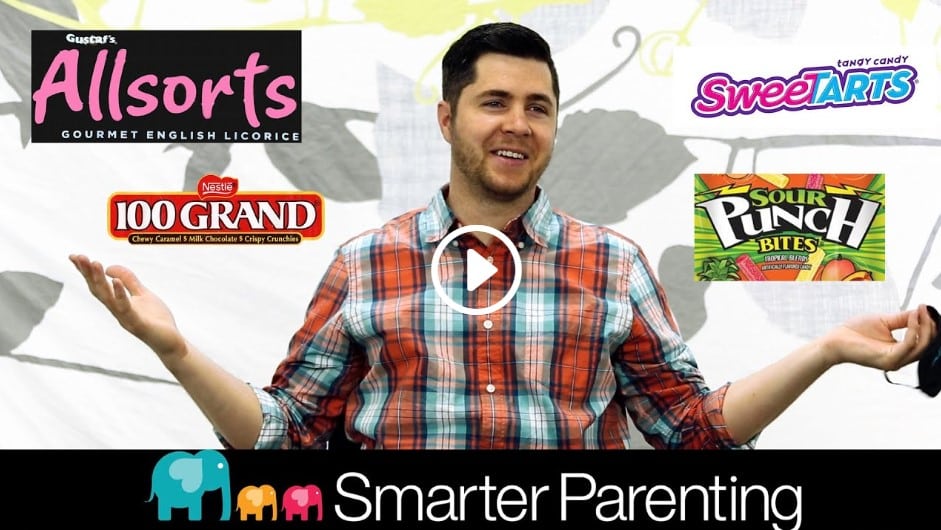
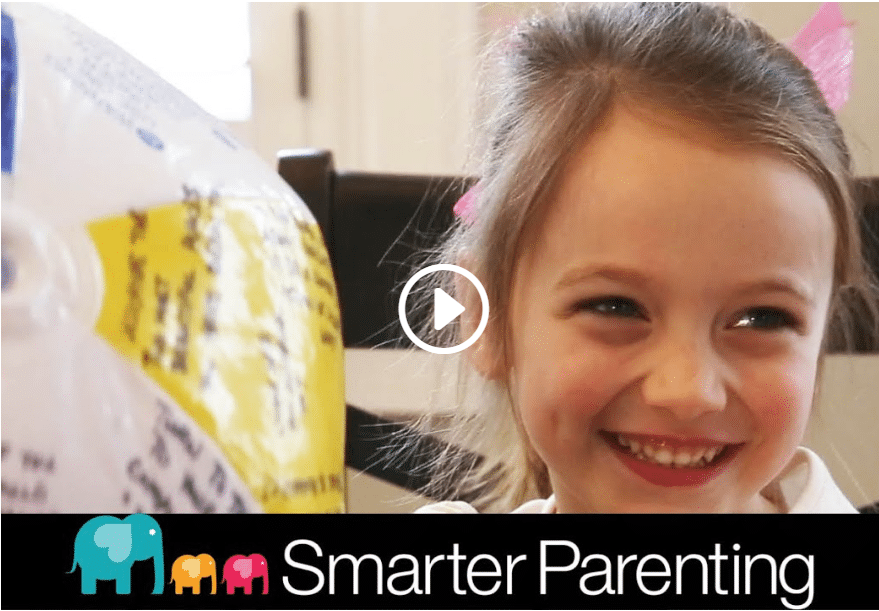
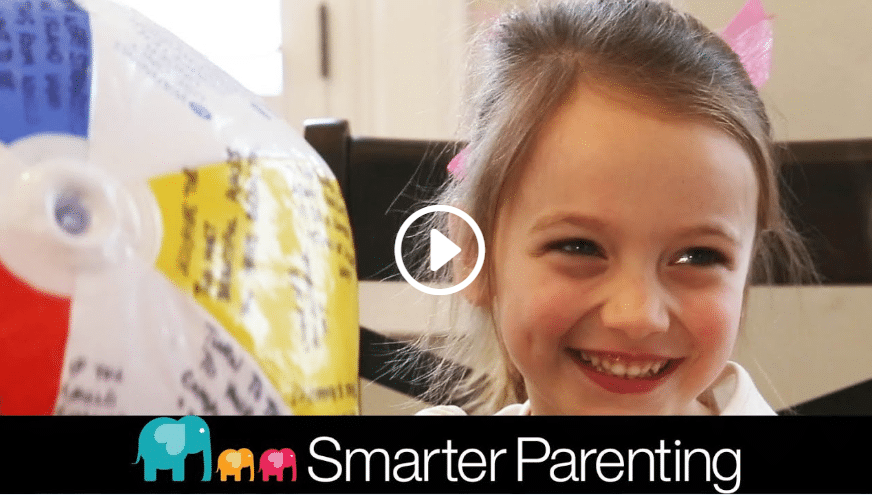
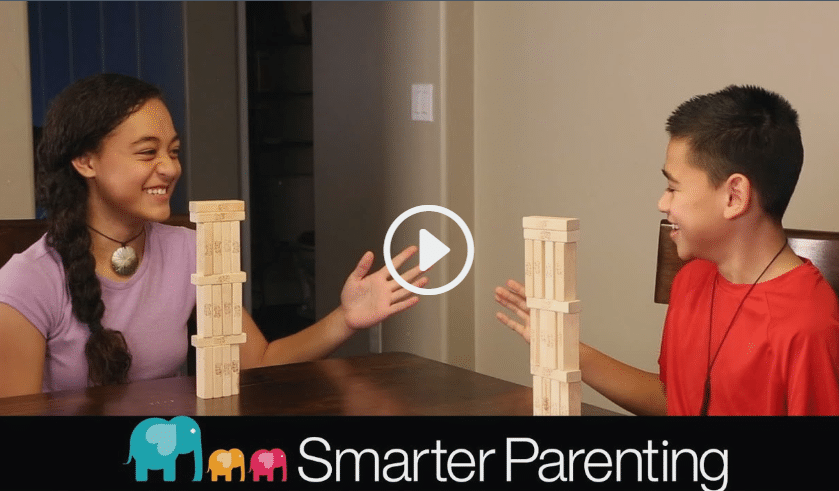
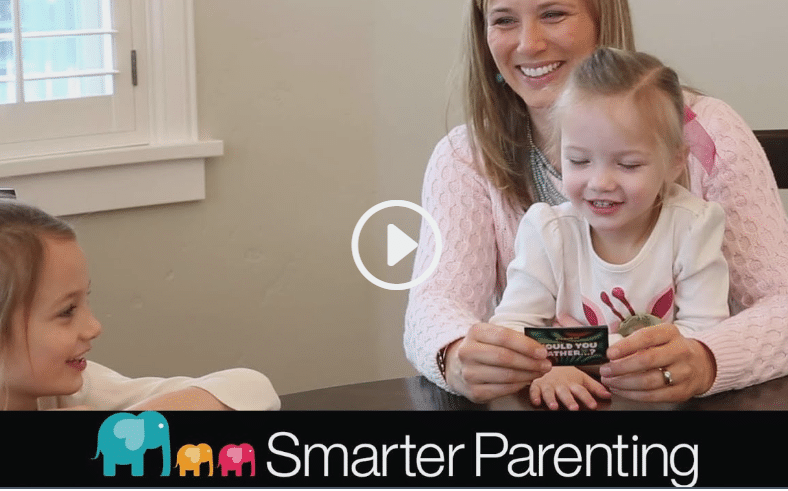
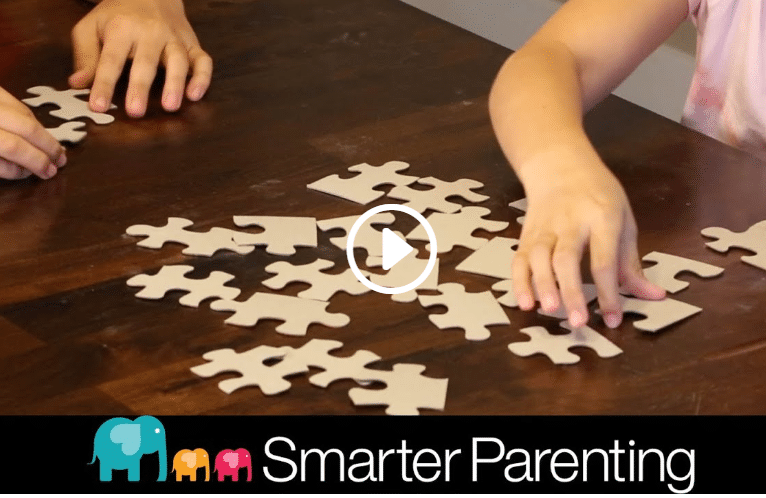
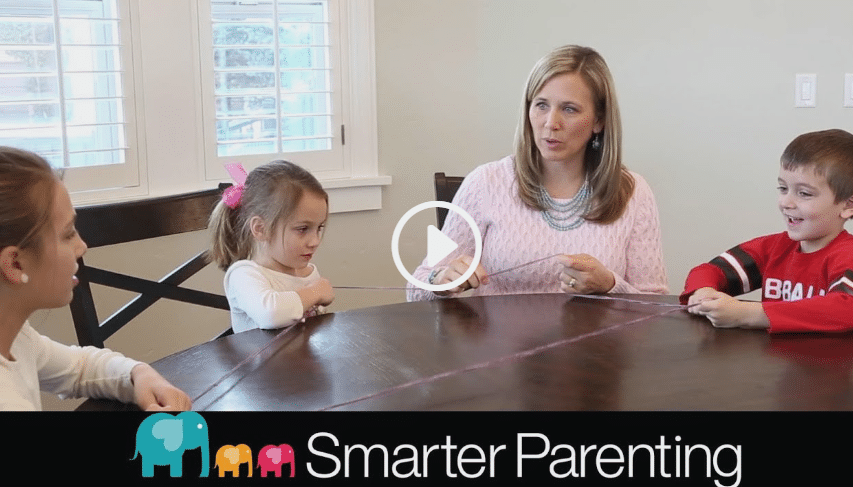
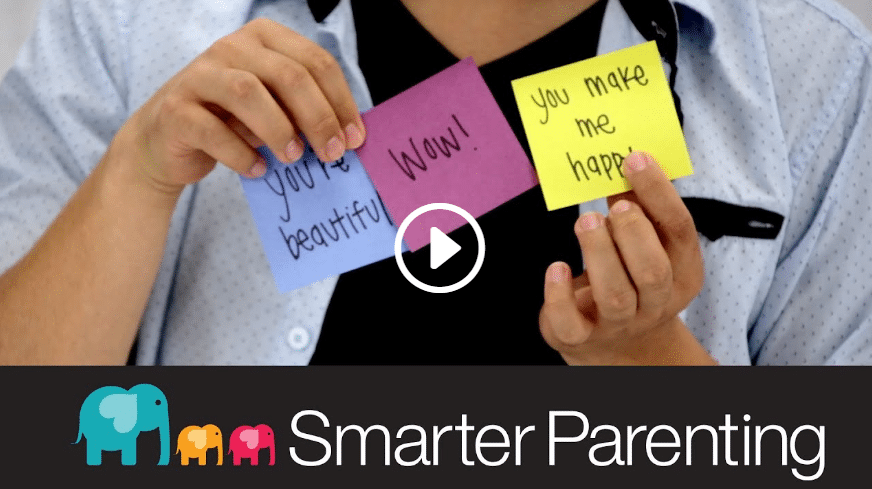

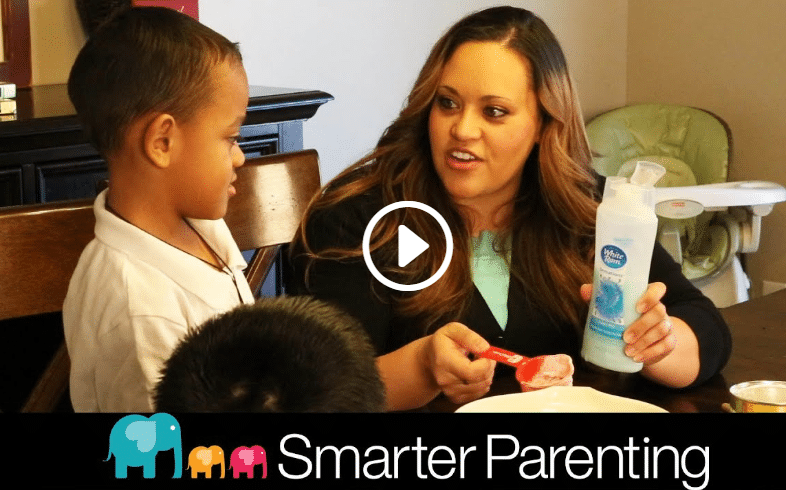
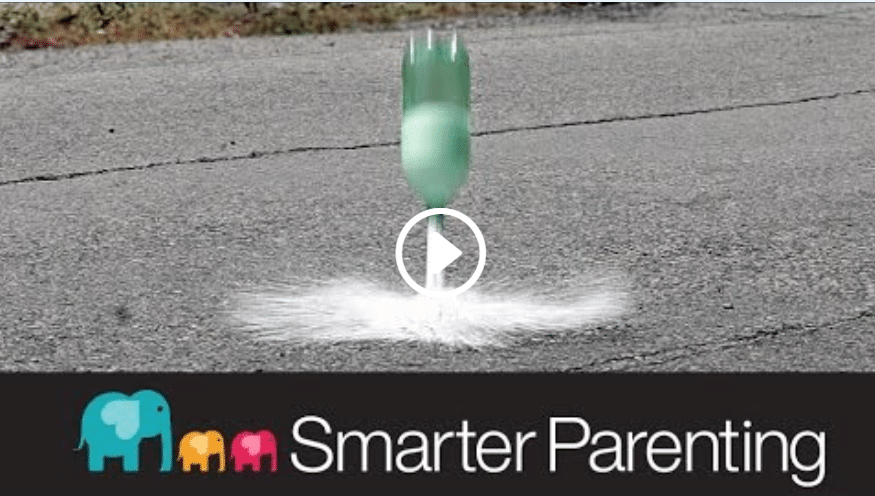

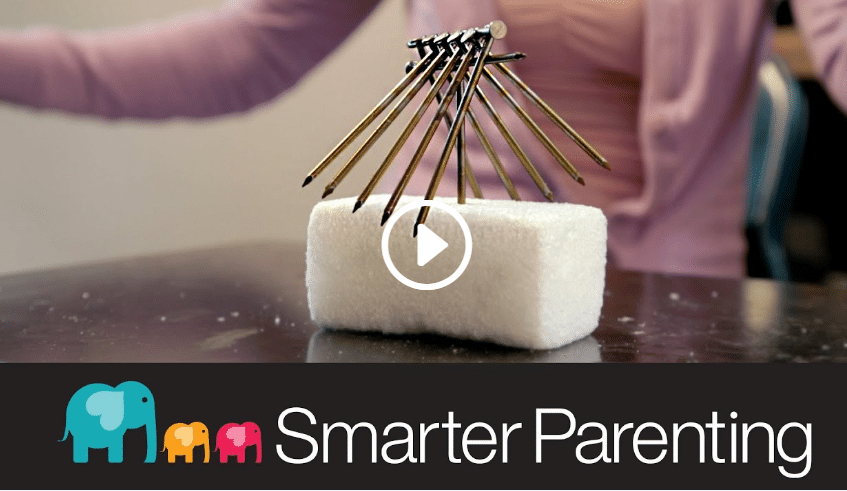
Social Stories
Creating social stories is an effective way to help you and your children generalize their behaviors, and allows you to practice appropriate behaviors before situations escalate.